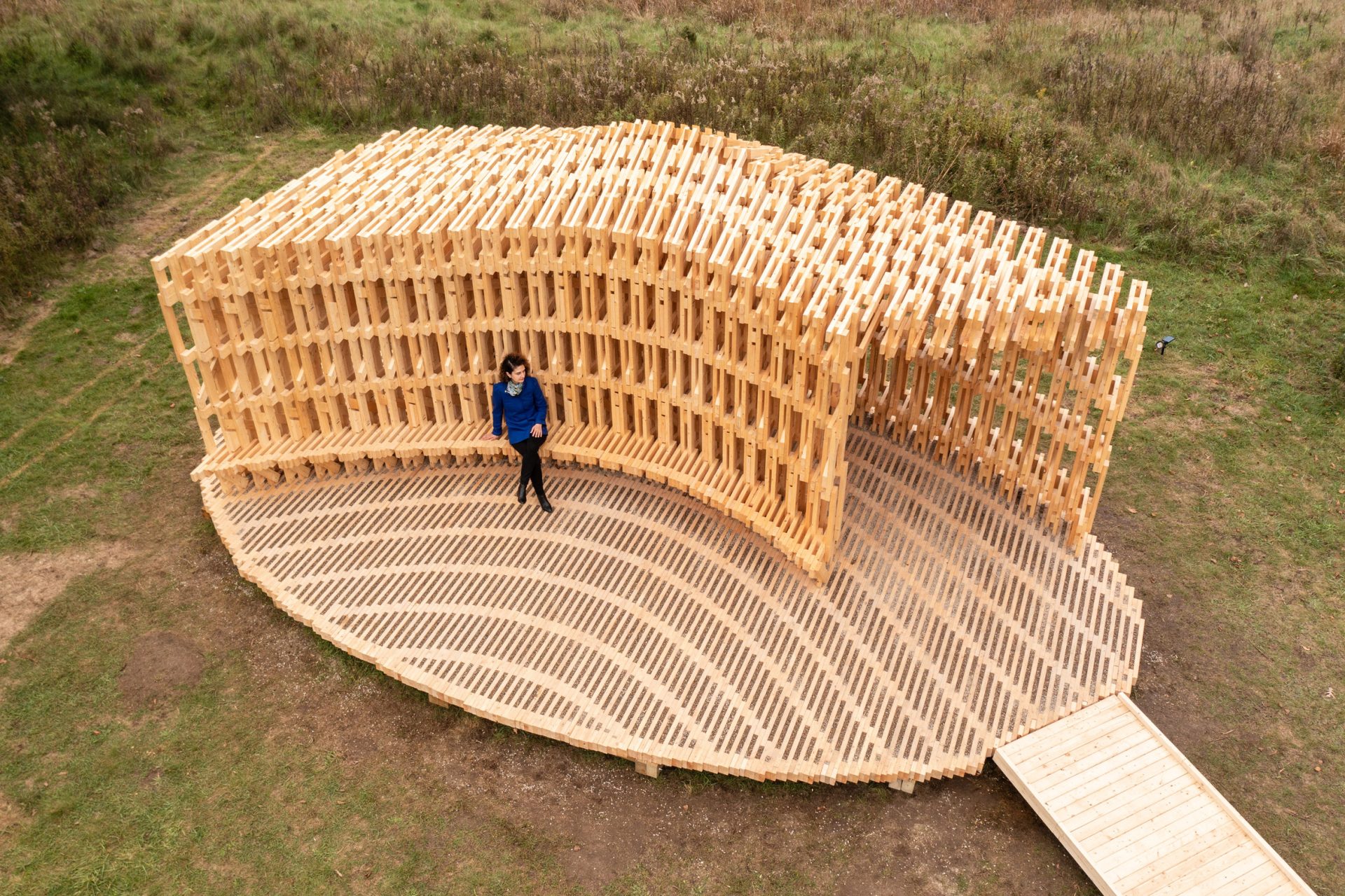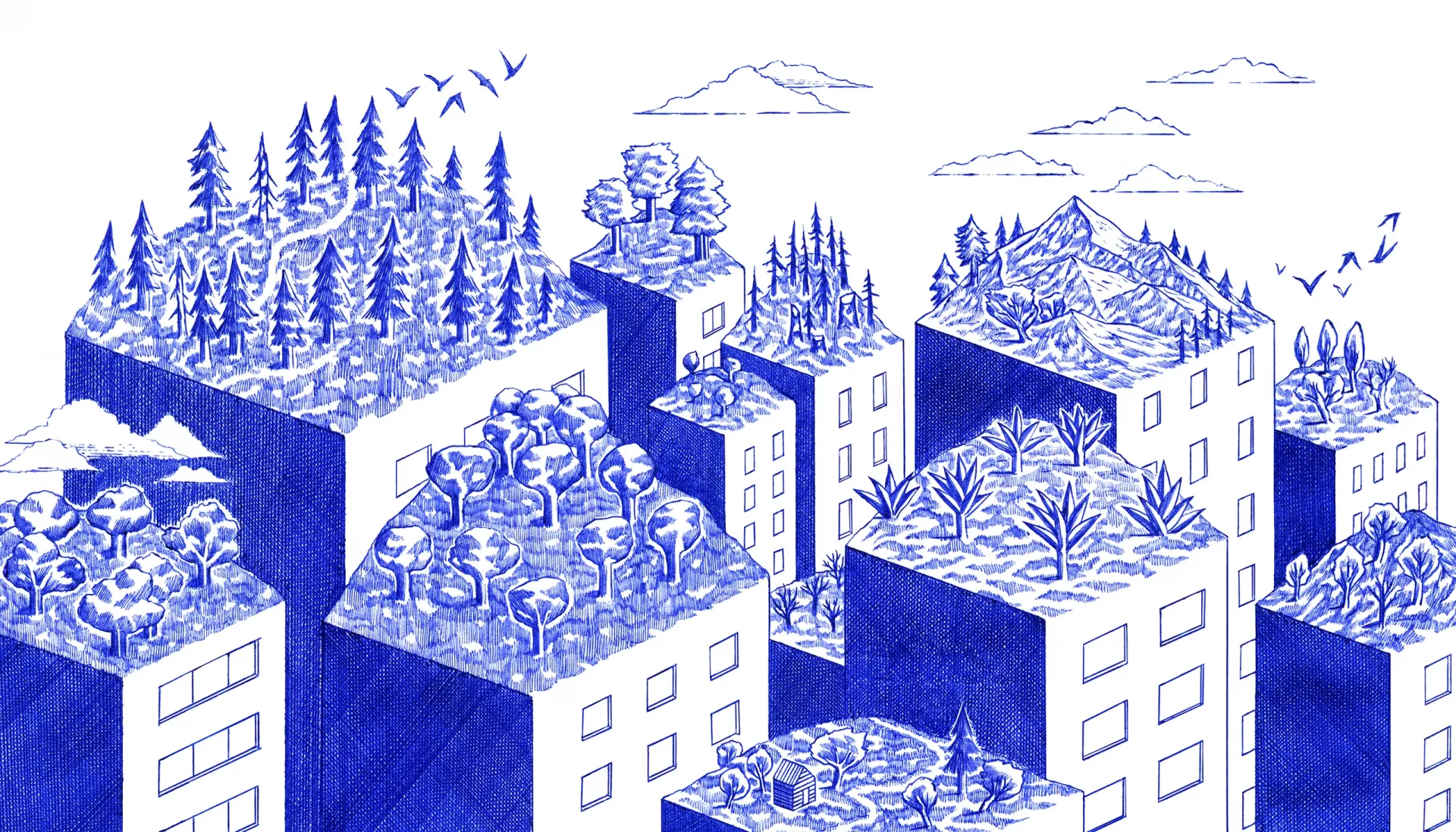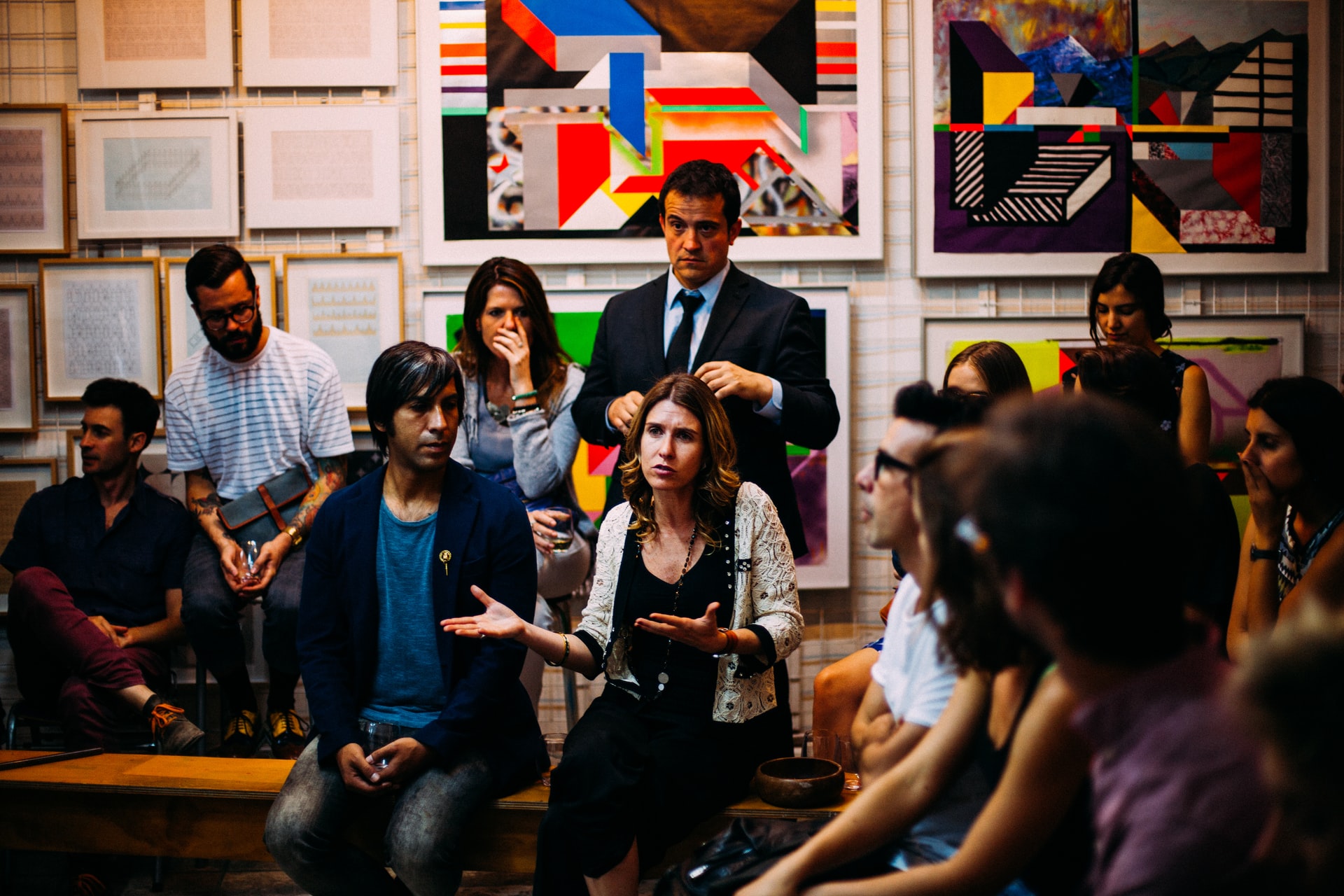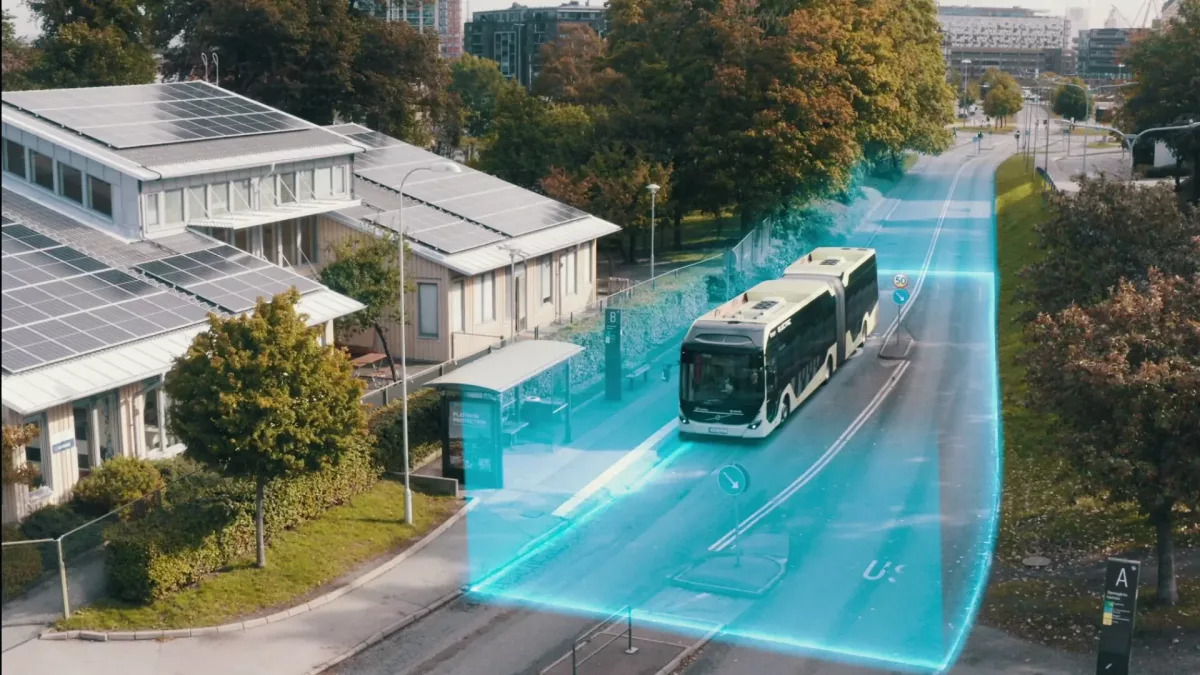Robotically Fabricated Structure
Intriguing project led by the Adel Design Research (ADR) Laboratory at the University of Michigan’s Taubman College of Architecture and Urban Planning. Called a “Robotically Fabricated Structure,” it might actually be more interesting for the algorithm component than the robots.




